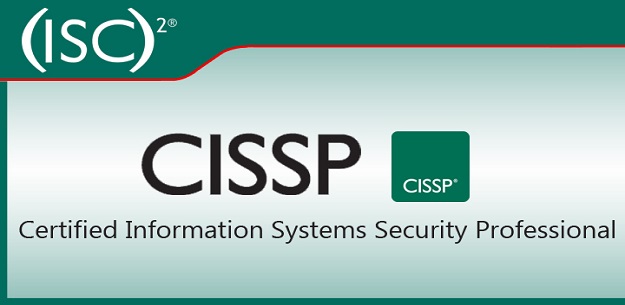CISSP Certification Course
 Online Course
Online CoursePrice$1200

Overview
Trainingprotec is Reseller Partner of Simplilearn.com
The Certified Information Systems Security Professional (CISSP) is the most globally recognized certification in the information security market. CISSP validates an information security professional’s deep technical and managerial knowledge and experience to effectively design, engineer, and manage the overall security posture of an organization. This course is offered by Simplilearn.
Section 1Security and Risk Management
Lecture 1Understand and apply concepts of confidentiality, integrity and availability
Lecture 2 Evaluate and apply security governance principles
Lecture 3Determine compliance requirements
Lecture 4 Understand legal and regulatory issues that pertain to information security in a global context
Lecture 5 Understand, adhere to, and promote professional ethics
Lecture 6 Develop, document, and implement security policy, standards, procedures, and guidelines
Lecture 7 Identify, analyze, and prioritize Business Continuity (BC) requirements
Lecture 8 Contribute to and enforce personnel security policies and procedures
Lecture 9 Understand and apply risk management concepts
Lecture 10 Understand and apply threat modeling concepts and methodologies
Lecture 11 Apply risk-based management concepts to the supply chain
Lecture 12 Establish and maintain a security awareness, education, and training program
Section 2Asset Security
Lecture 13 Identify and classify information and assets
Lecture 14 Determine and maintain information and asset ownership
Lecture 15 Protect privacy
Lecture 16 Ensure appropriate asset retention
Lecture 17Determine data security controls
Lecture 18 Establish information and asset handling requirements
Section 3Security Architecture and Engineering
Lecture 19Implement and manage engineering processes using secure design principles
Lecture 20Understand the fundamental concepts of security models
Lecture 21 Select controls based upon systems security requirements
Lecture 22Understand security capabilities of information systems (e.g., memory protection, Trusted Platform Module (TPM), encryption/decryption)
Lecture 23 Assess and mitigate the vulnerabilities of security architectures, designs, and solution elements
Lecture 24 Assess and mitigate vulnerabilities in web-based systems
Lecture 25 Assess and mitigate vulnerabilities in mobile systems
Lecture 26 Assess and mitigate vulnerabilities in embedded devices
Lecture 27Apply cryptography
Lecture 28Apply security principles to site and facility design
Lecture 29 Implement site and facility security controls
Section 4Communication and Network Security
Lecture 30Implement secure design principles in network architectures
Lecture 31 Secure network components
Lecture 32Implement secure communication channels according to design
Section 5Identity and Access Management (IAM)
Lecture 33Control physical and logical access to assets
Lecture 34Manage identification and authentication of people, devices, and services
Lecture 35 Integrate identity as a third-party service
Lecture 36 Implement and manage authorization mechanisms
Lecture 37 Manage the identity and access provisioning lifecycle
Section 6Security Assessment and Testing
Lecture 38 Design and validate assessment, test, and audit strategies
Lecture 39 Conduct security control testing
Lecture 40 Collect security process data (e.g., technical and administrative)
Lecture 41 Analyze test output and generate report
Lecture 42 Conduct or facilitate security audits
Section 7Security Operations
Lecture 43 Understand and support investigations
Lecture 44 Understand requirements for investigation types
Lecture 45Conduct logging and monitoring activities
Lecture 46 Securely provisioning resources
Lecture 47Understand and apply foundational security operations concepts
Lecture 48 Apply resource protection techniques
Lecture 49 Conduct incident management
Lecture 50 Operate and maintain detective and preventative measures
Lecture 51 Implement and support patch and vulnerability management
Lecture 52 Understand and participate in change management processes
Lecture 53 Implement recovery strategies
Lecture 54 Implement Disaster Recovery (DR) processes
Lecture 55 Test Disaster Recovery Plans (DRP)
Lecture 56 Participate in Business Continuity (BC) planning and exercises
Lecture 57 Implement and manage physical security
Lecture 58Address personnel safety and security concerns
Section 8 Software Development Security
Lecture 59Understand and integrate security in the Software Development Life Cycle (SDLC)
Lecture 60 Identify and apply security controls in development environments
Lecture 61 Assess the effectiveness of software security
Lecture 62 Assess security impact of acquired software
Lecture 63 Define and apply secure coding guidelines and standards

